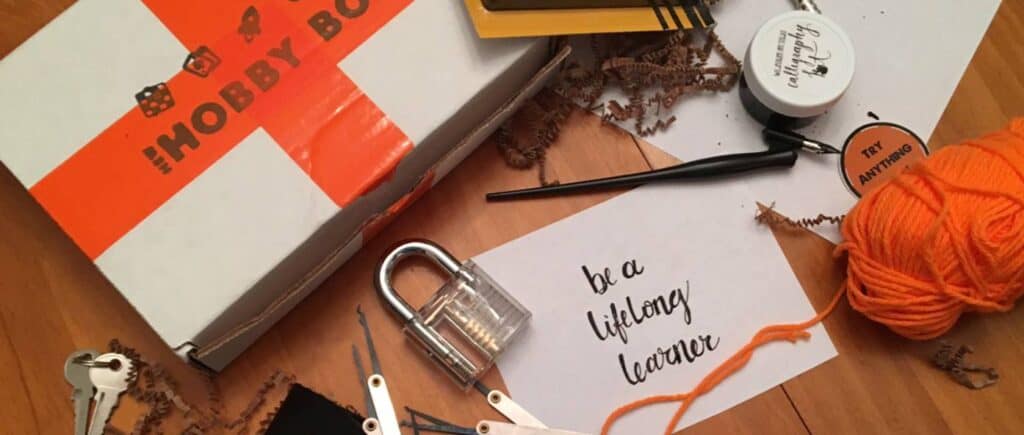
If you go to Google and search “what is a good hobby to start?” you’ll be disappointed with the results. That is unless this article is what you found, then ignore what I just wrote.
Bad jokes aside, the problem with this online search is twofold:
- First, you’re going to get the most generic and boring list of hobbies to try. If that was your intent, then you wouldn’t have even searched in the first place. You’re on a quest to try something new and exciting, not learning how to collect stamps or watch paint dry.
- And the second reason you’ll be disappointed with most of the websites that try to help you find a hobby is that they aren’t centered on what’s meaningful to you. They are more or less presenting you with obvious hobbies that don’t take into account what sort of value they could bring to a person.
To combat this poor selection of hobby ideas found online, I’ve crafted 19 hobbies for you to try. This article and its list were inspired by another article, titled: “What Are 3 Hobbies You Should Have? Why 3?”
Lifting some thinking from The 5 AM Club, the “What Are 3 Hobbies You Should Have? Why 3?” article categorizes hobbies into three sections:
- Hobbies that help you move physically.
- Hobbies that create introspection and help you reflect.
- Hobbies that help you grow, whether that’s intellectually, creatively, spiritually, etc.
In line with that thinking, below, you’ll find a list of 19 hobbies that will hopefully give you new and meaningful activities to try.
HOBBIES TO KEEP YOU MOVING – PHYSICAL ACTIVITY
“Move” hobbies are going to get you up and out of the house – or perhaps even just off the couch. They’re going to challenge you physically, and in turn, release some endorphins (feel-good brain chemicals).

1. Gardening: Minimal Cost
Gardening can be a sweat-inducing activity. Have you ever tried to weed in July? If so, you know what I mean.
But this activity gets you outside in nice weather and will have you dipping and standing, and moving around, while also cultivating something great.
Plus, in the winter, you could grow an indoor garden – so this hobby would work year-round.
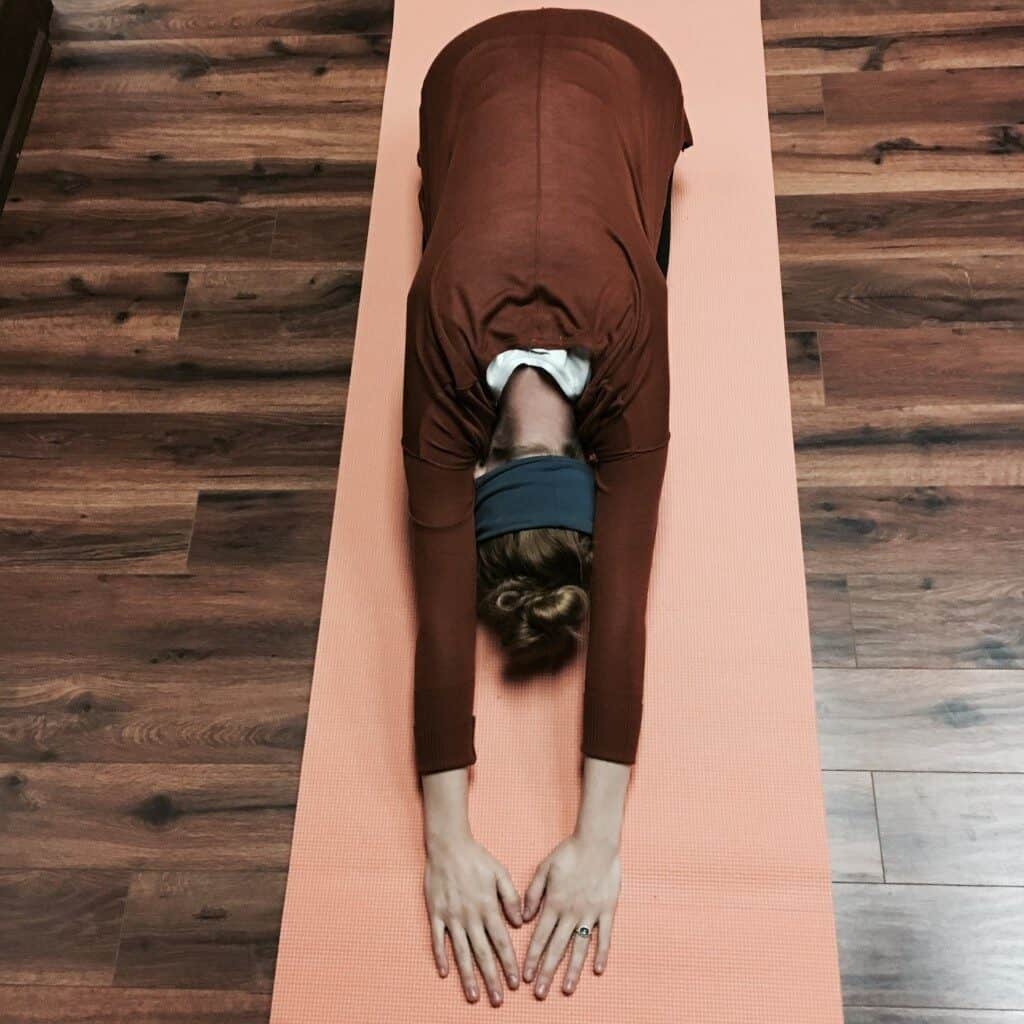
2. Yoga: Less Than $25
This could easily fit into the “reflect” category as well, but yoga can burn some serious calories, make you sweat, and increase your flexibility as well.
It’s great too because you just need to buy a mat to get going. And with so many tutorials on YouTube, it’s easy to find a class that suits your skill level.
3. Mushroom Hunting: Less Than $25
If you haven’t found a morel mushroom in the wild, you are missing out. Locating, foraging, and ultimately making something delicious with a morel is such a rewarding experience.
For instance, there’s a mushroom called the “false morel” which would fool the average mushroom seeker.
4. Indoor Climbing and Bouldering: Over $25
Climbing and bouldering are exercises disguised as problem-solving. I’m afraid of heights, so I used to boulder like crazy (you rarely go above 20 feet and can fall on thick mats) – and routes that you follow when bouldering are actually called problems.
Bouldering and climbing are hobbies that will build strength, endurance, and cardio capabilities, and not feel like exercise.
To get started bouldering, all you need are shoes, a gym pass (or you can go into the wild for free), and some chalk.
Although your gym will probably have some extra chalk you can use. Plus, your gym will have rentals for shoes and chalk, and you can get a day pass to try it out first.
HOBBIES THAT HELP YOU REFLECT – INTROSPECTIVE AND TRANCE-INDUCING
“Reflect” hobbies might not make you sweat, but will make you think. They’re a bit more introspective than the “move” hobbies but no less important for your mental health.
And it just doesn’t have to be at the hands of transcendental meditation (although that’s certainly an option.)
Creative activities like arts and crafts can put you in the right state to satisfy the “reflect” category.
5. Meditation: Minimal Cost
Meditation is an excellent way to focus and connect with yourself.
It allows you to clear your mind, focus on your breath, and be in the present moment. All you need is a comfortable place to sit, and you can meditate for as little or as long as you’d like.
The biggest breakthrough I’ve had with meditation is being okay with the idea that the mind wanders and not focusing on your breath is natural, especially for a beginner.
Once I got comfortable with the idea it was okay to drift, I became far less frustrated when I drifted away from meditation, and the experience became far more valuable.
Also, there are so many great apps (many are even free) for your phone to guide you through meditation, so definitely check your phone’s app store for your options.

6. Journaling: Minimal Cost
This is another fantastic way to connect with yourself, and it doesn’t cost a thing. Those are the biggest reasons it made the list of hobbies recommended for college students.
Writing down your thoughts can help you process them, work through problems, and even provide clarity on what you’re thinking and feeling.
I find that journaling is especially helpful when I’m feeling overwhelmed or scattered. Just getting my thoughts out on paper can help me organize them and see things more clearly. It’s also a useful tool in tasseography (tea leaf reading) – some refer to it as a tasseography journal where they record revelations and symbols from the readings. We find it particularly valuable in advancing our tasseomancy.
By the way, if you’ve ever been curious on how to read tea leaves, be sure to check out the New Hobby Box tutorial on tea leaf reading – it’s one of the famed hobbies from our arsenal.

7. Macrame: Less Than $25
Macrame is a form of textile-making that uses knots rather than weaving or crocheting to create beautiful pieces of art.
It’s become quite popular in recent years, and there are some fantastic books and YouTube tutorials available to help you get started, and of course, you’ll find a macrame tutorial on New Hobby Box.
All you need is some form of fiber and something to knot it around, like a dowel rod and a ring, and you’re good to go. Some great and affordable kits make it even easier to gather macrame supplies as well.
Because it’s such a repetitive task (in a good way, mind you) you’ll find your mind can zone out and think about things outside of what you’re doing.
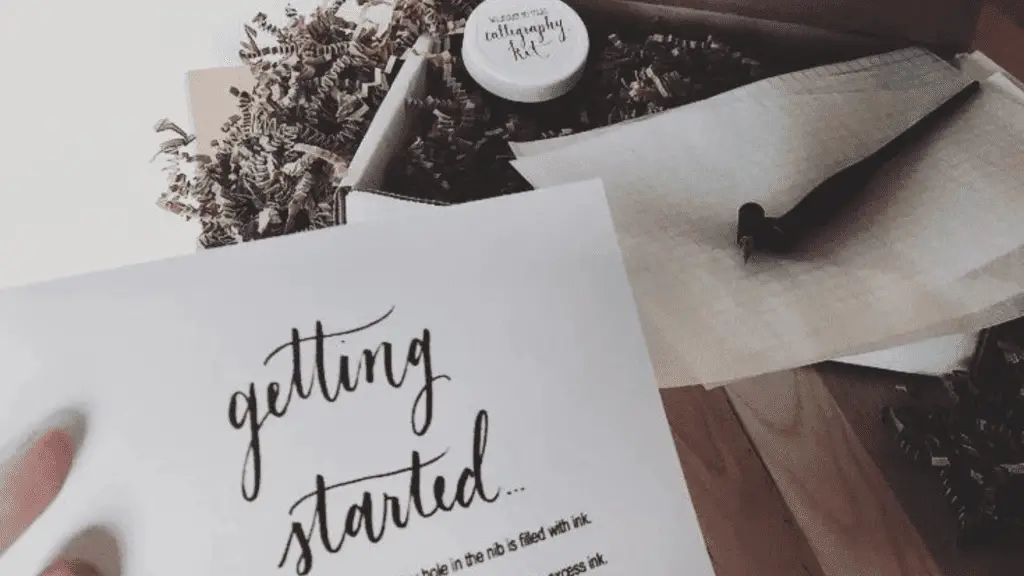
8. Calligraphy: Less Than $25
Calligraphy requires a little investment upfront, but it’s so worth it. It’s an incredibly relaxing and satisfying way to spend some time.
A great way to ease into this hobby is by learning the strokes of calligraphy, there are 8 foundational strokes altogether.
And the feeling of an oblique pen hitting nice paper is therapeutic in itself.
What you’ll start to find about this hobby, is it fills a creative need while also letting you giving you space to think about life or anything you want. And when you come to, you’ve got an original work of art in written form.
Plus, you’ll have the bonus of writing the coolest Christmas cards once you get some practice under your belt.

9. Solitary Beekeeping: Over $25
This hobby might seem scary for a few different reasons – like fear of bees and stings, or the picture of wearing a beekeeping suit.
This isn’t that at all. Solitary bees don’t produce honey but have the important role of helping pollinate our planet. And with bee numbers on the decline, you can do something about it.
By building a nest and ordering some solitary bee cocoons, you can enjoy the experience of admiring your friendly bees from a short distance.
Plus, solitary bees are extremely passive, and rarely sting. In fact, in some species of solitary bees, only the females have stingers. Learn more about this eco-friendly hobby, in the NHB article about solitary beekeeping.
10. Traveling: Over $25
Traveling is well over $25. But the experience is always well worth it, especially when taking in new cities, countries, and cultures.
There are a lot of ways to travel on a budget though, like couch-surfing and backpacking. And if you get creative, you can often find ways to save money while on your trip as well.
For example, in Europe, a lot of hostels will offer free walking tours, so instead of paying for an expensive tour, take advantage of the free ones. And of course, if you’re traveling within your own country, there are usually a ton of free things to do as well.
You’re purchasing access to experience, and new experiences go hand-in-hand with self-reflection.

11. Stamp Carving: Over $25
This is a fantastic hobby for anyone who loves being creative and but craves time to think.
Once you have your supplies, the sky is the limit in terms of what you can create, although they end up getting used as decorative elements for cards around here mostly.
Once you get the hang of extruding material to create shape and line, stamp carving takes on a sense of zen that is hard to match.
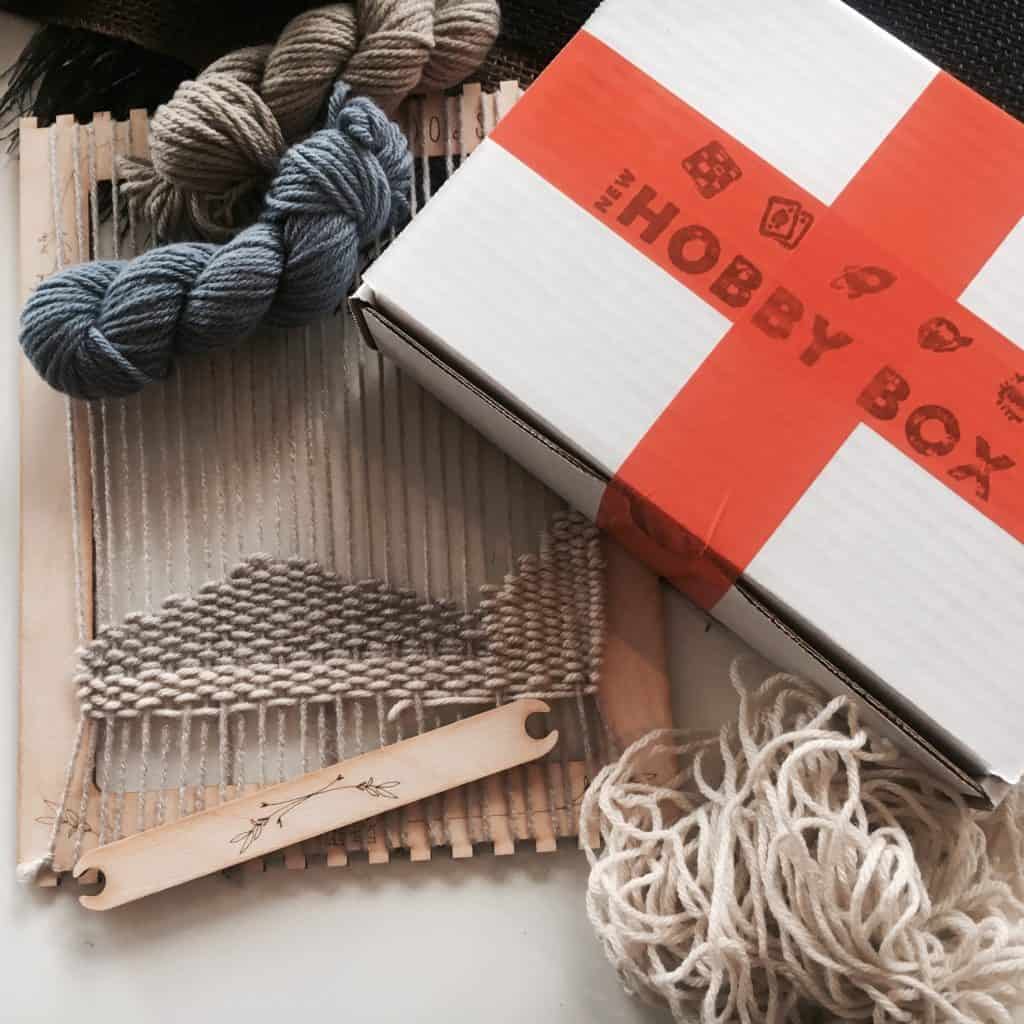
12. Weaving: Over $25
Weaving, once you know how to do it, is the epitome of zoning out while crafting. It’s also so satisfying to see the result of your hard work, and it’s a craft that you can truly call your own.
All you need to get started is a loom, a shuttle, and some yarn. Your loom doesn’t have to be some ornate contraption either.
If you’ve read the New Hobby Box tutorial on weaving, you’ll see that a pop-out loom was used. Which is essentially a flat piece of wood with the tools etched out of it – you simply break off the components and build your loom with it.
And once you have those things, you can find plenty of free patterns online to help get you started.
Just be warned, weaving is addicting.
USING HOBBIES TO GROW – INTELLECTUALLY, CREATIVELY, AND SPIRITUALLY
Hobbies that help you “grow” focus on developing your mind.
This is all about learning something new, but don’t think this is limited to reading a book or watching an educational course.
Anything that teaches you something is “grow” worthy.
For example, if it develops skill, helps you understand the meaning of life, or sharpens your wit, you can put it in this bucket.
Learning is a broad bucket, so the following are just scratching the surface of “grow” hobbies.
13. Learning A Language: Minimal Cost
There are many reasons to learn a new language. It can help with travel, make you more employable, and open up opportunities to meet new people.
And it’s a skill that you can never really lose since it stays with you for life – although you might get rusty if you don’t speak it regularly.
From apps to countless YouTube channels, if you can name a language, you can find a resource to teach you that language.
Plus, there are far things cooler and more respected by locals, than traveling internationally and speaking a different language.
While it can be intimidating, and oftentimes broken or incorrect, I’ve never had a local that didn’t appreciate my attempt at trying to relate on their level. And this has opened so many doors to new experiences, which have helped me grow in turn.
14. Volunteer: Minimal Cost
Volunteering is a great way to grow while positively impacting your community. It’s also a perfect opportunity to learn new skills and knowledge.
Learning comes in many different forms, and there are few things greater than learning about other people’s experiences while making a difference.
For example, if you’re looking to get into the medical field but don’t have any experience, volunteering at a clinic is an excellent way to get started.
Or if you’re an animal lover like I am, volunteering at a local shelter can make a huge difference. From walking dogs to feeding cats, there are always things that need an extra hand at a shelter. And you will grow in numerous ways in the process.
If you’re interested in volunteering, but don’t know where to start, sites like Volunteer Match can give you a list of opportunities in your area, where organizations are actively looking for people with big hearts.


15. Making Foods and Beverages: Less Than $25
While learning to cook is certainly a hobby that fits into the “grow” category, this isn’t about that. This is one step removed from grating cheese, pouring kombucha, or mincing pickled onions.
This is about learning how to make your own cheese, how to brew kombucha, and how to ferment vegetables.
With grocery stores and food delivery, it’s so easy to forget where our food comes from, and just as easy to think it’s impossible to make food from scratch on our own. But that’s rarely the case, and certainly not been my experience.
You can make the core elements of foods and beverages that can become part of a recipe. Plus, I’m yet to try making any of my own food or beverage that costs more than buying it at the store – not to mention how making something yourself always tastes better.
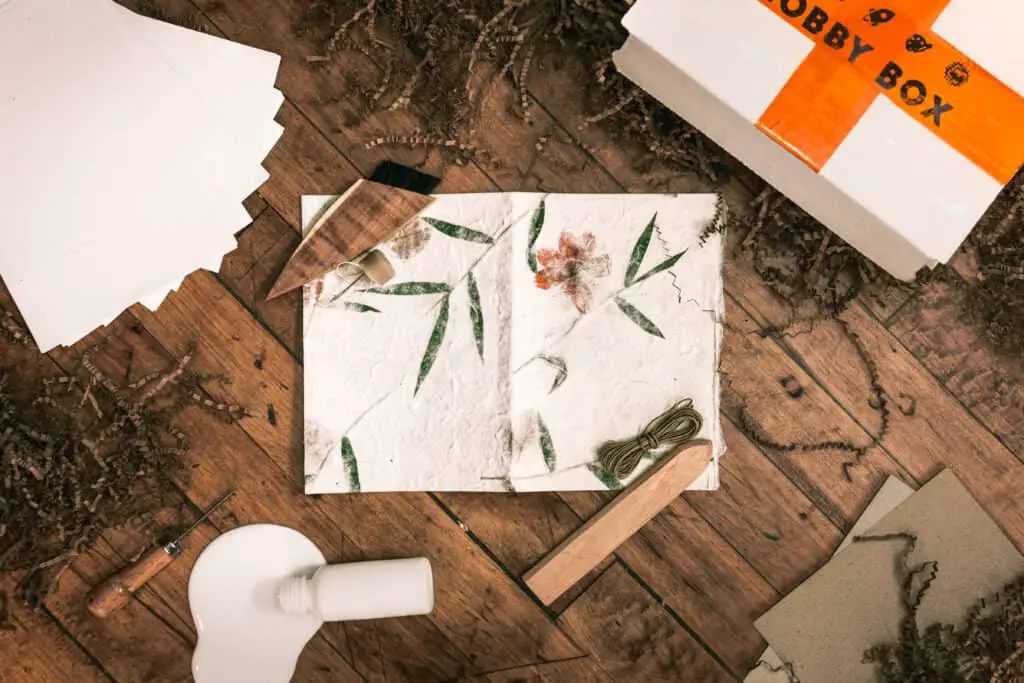
16. Book Binding: Less Than $25
A few years ago, I decided that I wanted to make my own journals. And after doing some research, I found that it wasn’t as complicated or expensive as I thought.
For less than $25, you can get all the materials you need to start binding your notebooks. A Japanese stab binding kit is a solid place to start due to its simplicity and price.
Your freshly bound handmade book can serve as your journal for your “reflect” hobby of journaling.
Now there are quite a few steps involved in book-binding – this Coptic-stitched binding tutorial has over 20 steps, but they aren’t complicated steps.
And what’s cool is you are learning a skill that you can use to repair old books and put your twist on them.
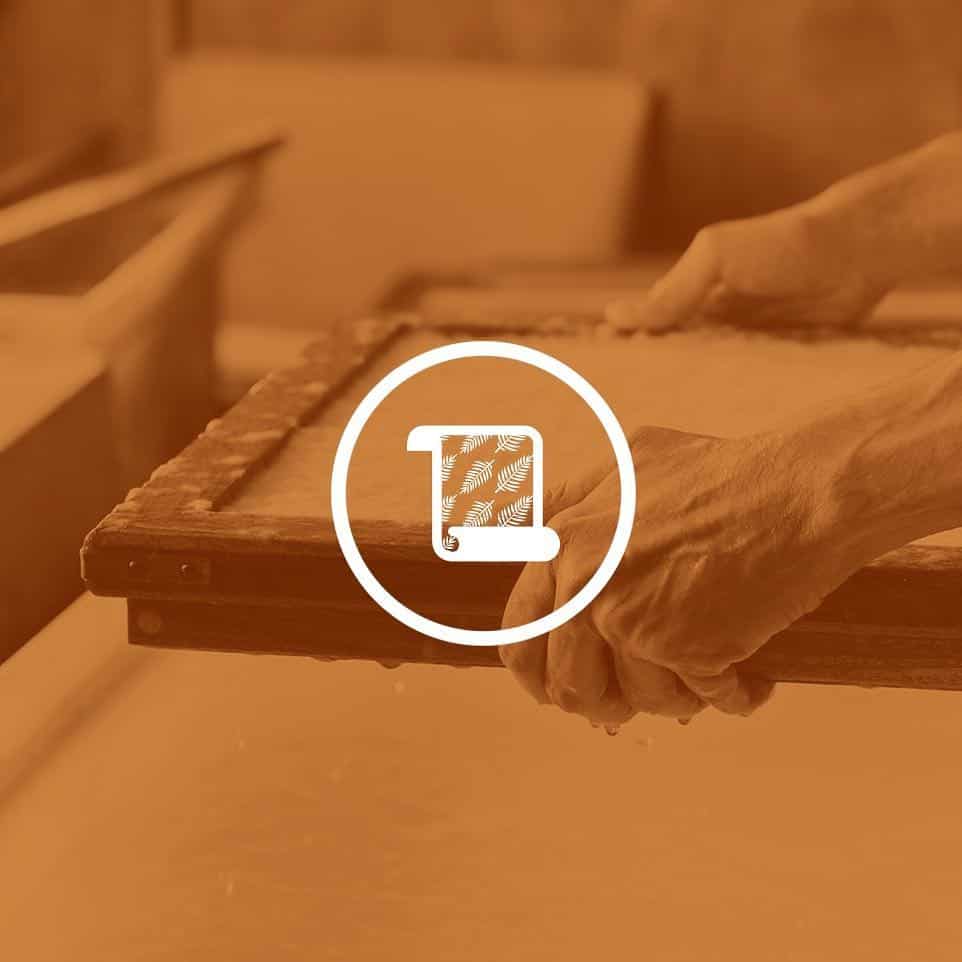
17. Paper Making: Less Than $25
If you’re binding a book for your new journaling hobby, you might as well make the paper by hand too, right?
Making paper is pretty simple, and you can be immensely creative with it. You’ll walk away with a unique piece of paper, as thick or thin as you like, that makes for a great writing surface.
This isn’t your 8.5″x11″ printer paper either. No, this is an artifact of handmade craftsmanship, where you learn the old-world way of making paper, and grow your appreciation for what goes into creating a material that surrounds your life.
The beauty is, paper making is an easily accessible hobby that doesn’t cost an arm and a leg to get started in either.
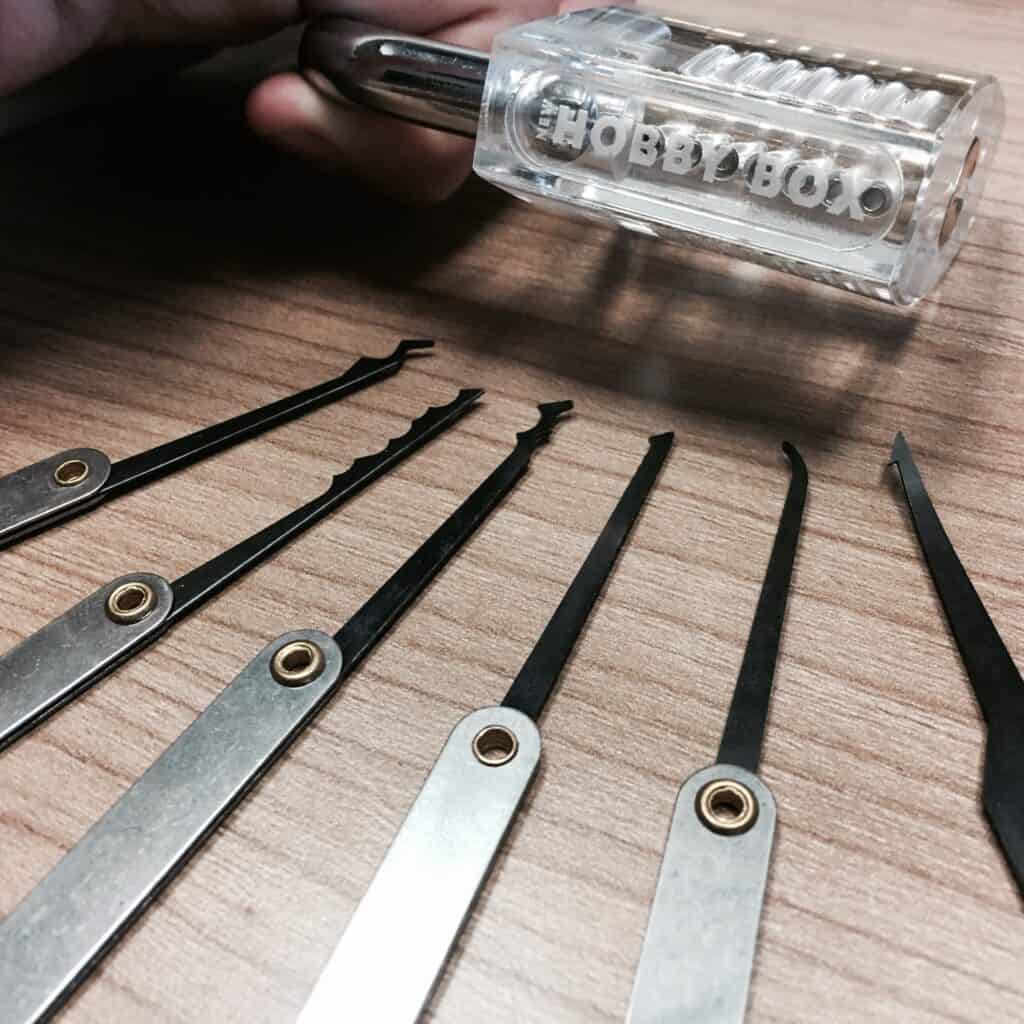
18. Lock Picking: Over $25
Okay, this is certainly one that you haven’t considered before. But it’s a great way to learn a new skill, and one that could potentially come in handy – and you better not use it for anything nefarious.
When New Hobby Box used to sell kits, lockpicking was hands down the most sought-after kit we made. While we no longer sell that kit, we recommend a nearly identical kit to what we used, plus the price is reasonable.
Lockpicking kits and tools can get rather expensive as well, but perhaps that’s the price of learning a new skill as valuable as this.
You learn the obvious skill of picking a lock, but you’ll discover that lock-picking is problem-solving. It’s not an easy skill to learn, but there are levels of difficulty to help you ease into more challenging locks.
And not every lock is created equally. So you’ll constantly be challenged with new obstacles. Plus, it makes for a cool party trick.

19. Soldering Electronics: Over $25
It’s so easy to forget how incredible it is that we can watch videos on our phones, or touch a screen and it reacts with pinpoint accuracy. For most people, if you ask them how a phone works, they won’t know the answer.
Even if you asked them how a primitive transistor radio works, they’d still be lost.
For the curious though, soldering electronics is a fantastic hobby to learn how all the devices in our lives work.
You can start with simple kits and build your way up to complex circuits and projects.
Not only will you learn a new skill, but you’ll also have a chance to tinker with some cool gadgets. And if you get good enough, you can even create your own. To give you an idea of what’s possible, check out this quick tutorial on how to create a USB charger for your phone, that you can carry in an Altoids tin.
HOW TO FIND AND STICK TO A HOBBY? 2 WAYS
Sticking with anything is difficult these days. We live in a world of constant distractions and notifications vying for our attention. So how do you find a hobby and stick to it?
The answer is twofold – finding a hobby that fits your interests and lifestyle, and then setting yourself up for success by making it easy to engage in your new hobby.
1. Find A Hobby That Fits Your Interests And Lifestyle
This one is pretty self-explanatory – if you’re not interested in the hobby, you’re not going to stick with it.
And if the hobby doesn’t fit into your lifestyle, it’s going to be difficult to find the time and energy to engage in it.
For example, if you’re a busy working mom, you’re not going to have the time to commit to a hobby that requires hours of uninterrupted concentration.
Instead, you might want to find a hobby that you can do in short bursts, like knitting or journaling.
2. Set Yourself Up For Success
The second part of finding and sticking to a hobby is setting yourself up for success.
This means making it as easy as possible to engage in your hobby and removing any barriers that might stand in your way.
For example, if you’re trying to take up running as a hobby, you would want to invest in a good pair of running shoes and some comfortable workout clothes.
You would also want to map out a few running routes near your home or office so that you can easily slip in a quick run when you have some free time.
Or in the instance of a busy parent, if it’s possible to find someone to help take care of your child for 30-minutes to an hour, this will help ensure your success in sticking with it.
By taking these steps to make it easy to engage in your hobby, you’re much more likely to stick with it in the long run.

